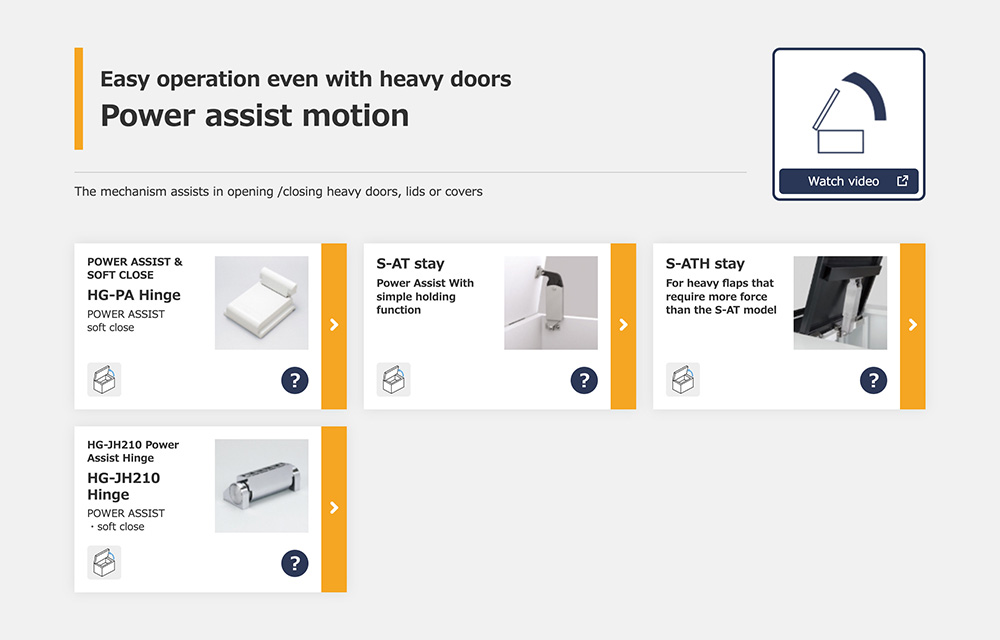- Corporate Top
- About our Products
- Hardware Basics
- Lift Assist Hinges Stays
Lift-Assist Hinges / Stays Hardware Basics
(Assist Motion)
Lift-Assist Hinges / Stays Hardware Basics
(Assist Motion)
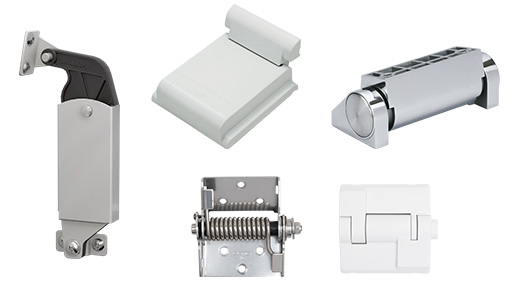
On this page, learn the basics about how lift-assist hinges and lift-assist stays work, explore the different types available, and discover how to effectively use them.
Use our Selection Tool for Lift-Assist Hinges / Stays to choose a product that meets your needs.
What is "Lift-Assist"?
Lift-assist refers to a mechanism that allows heavy doors or lids to be lifted with ease. Large device covers installed with lift-assist products can be easily opened with one hand, reducing physical strain. Lift-assist is also referred to as power-assist.
Products that can achieve lift-assist include two types: hinges / butterfly hinges and stays.
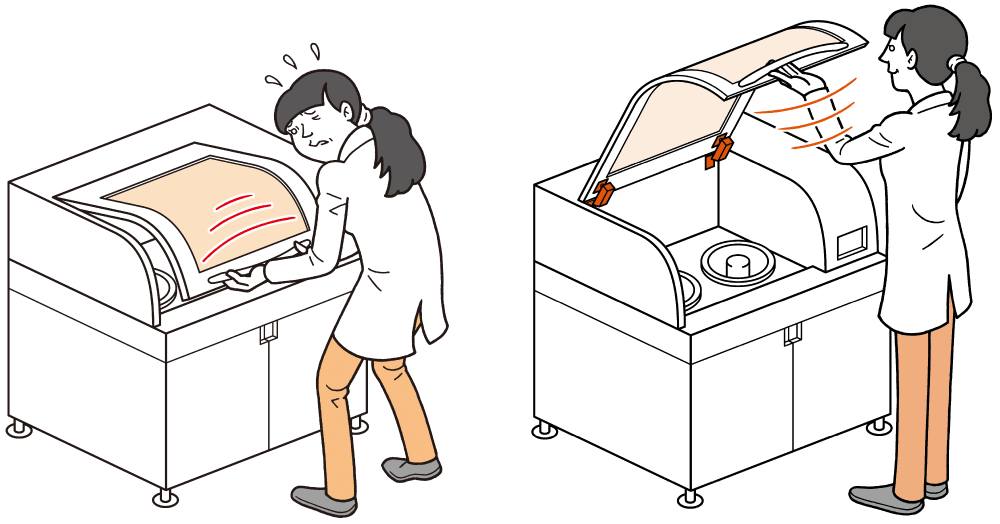
Lift-assist products are used in top opening lids and covers of food machinery, soldering equipment, chip mounters, and other devices. They are also ideal for large lids that frequently open and close, such as large-scale analytical equipment.
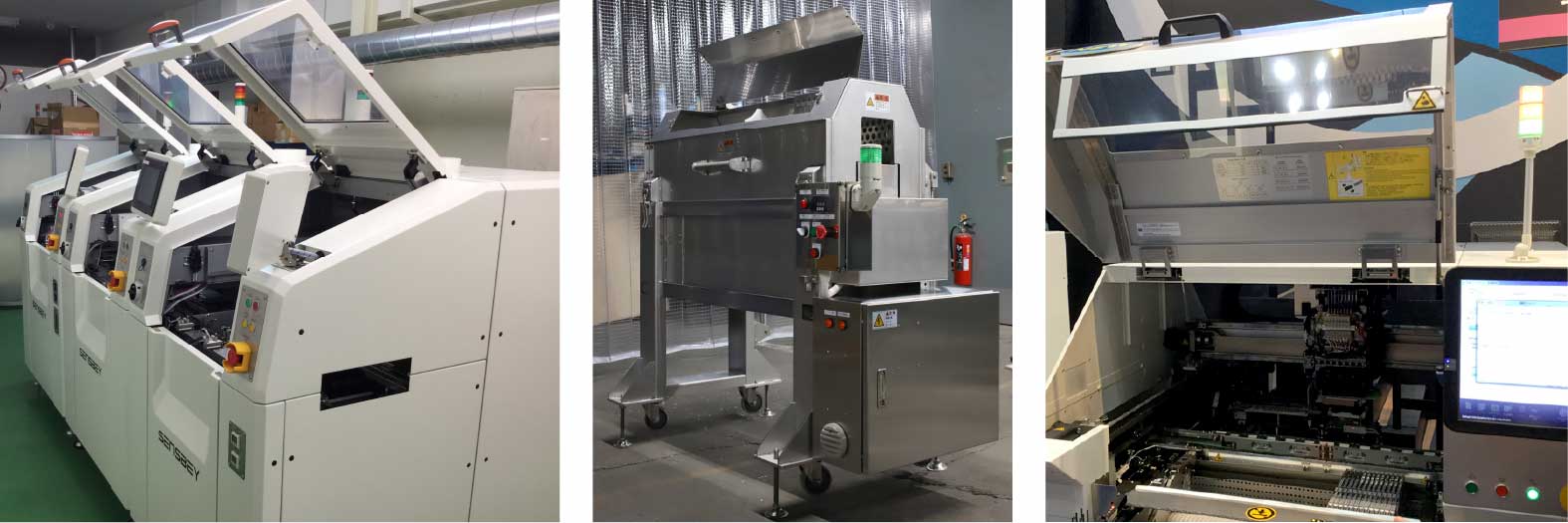
Mechanism of Lift-Assist Hinges and Stays
Lift-assist hinges and lift-assist stays use spring force to lift heavy objects with ease. Two types of spring structures can be used to achieve optimal lift-assist motion, depending on the application.
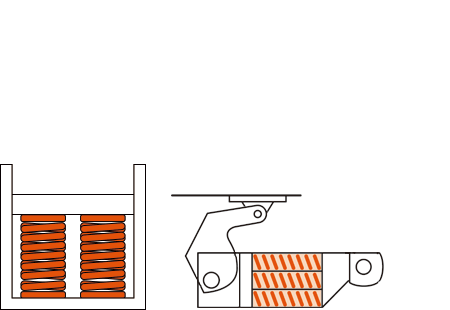
Compressed Springs
A compressed spring generates a reactive force when it returns to its original state.
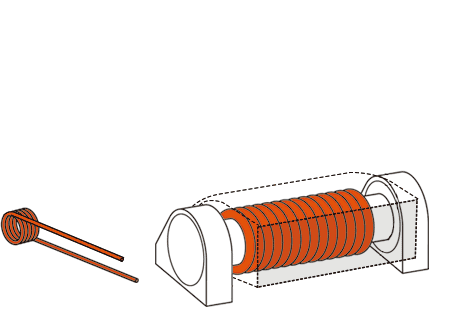
Torsion Springs
A torsion spring stores mechanical energy when twisted and exerts a reactive force in the opposite direction.
Types of Lift-Assist Products
Lift-Assist Hinges
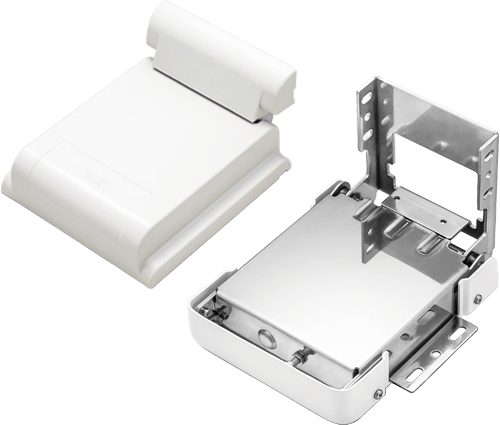

The HG-PA Series comprises of the standard lift-assist hinges. With the lift-assist function, heavy lids can be easily opened, and during closing, the soft-close feature ensures a slow and gentle closure.
The HG-PA Series accommodates various mounting methods such as "Outside Mount" and "Outside Back Mount" on the outside of the lid, and "Inside Mount" for a sleek appearance on the inside of the lid. It can also be used for a wide range of lid shapes, including L-shaped or box-shaped lids.
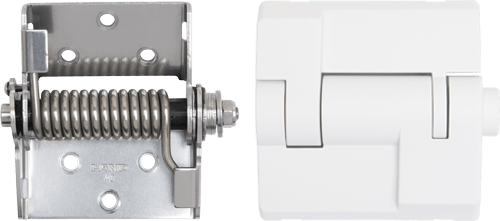

A spring-assist torque hinge combines a torque hinge, which can hold the lid at any angle with lift-assist functionality. With the lift-assist function, the lid can be operated more easily compared to conventional torque hinges.
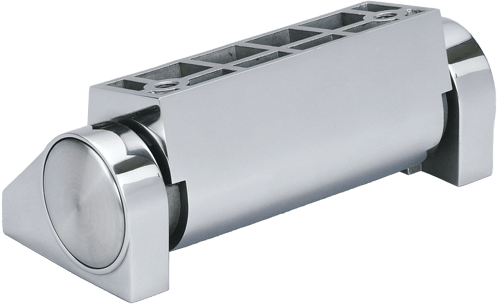
Stainless Steel Lift-Assist Hinge HG-JH210

HG-JH210 is a lift-assist hinge made of stainless steel. It features a soft-close function that ensures a gentle and slow closure.
Lift-Assist Stays
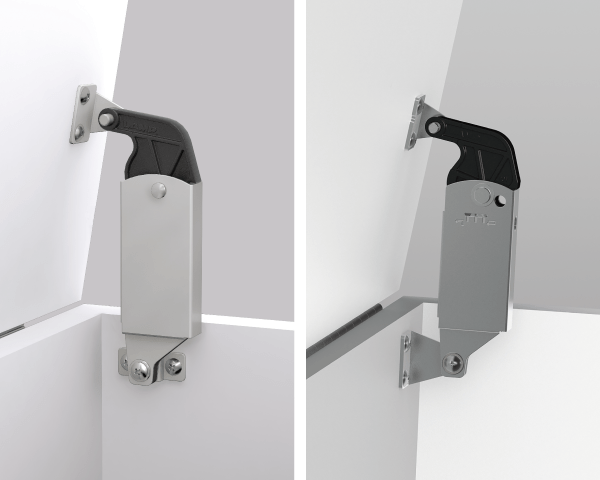
Left: Side Panel Mount
Right: Back Panel Mount

The S-AT Series comprises of standard lift-assist stays. With the lift-assist function, heavy lids can be easily opened. Some products, when combined with optional damper units, close slowly and gently.
There are two mounting options: "Side Panel Mount," which attaches one end of the stay to the interior side panel of the cabinet or device, and "Back Panel Mount," which connects one end of the stay to the interior back panel. It can also be used for a wide range of lid shapes, including L-shaped or box-shaped lids.
Some products also feature a locking hole to prevent the lid from unexpectedly closing during work.
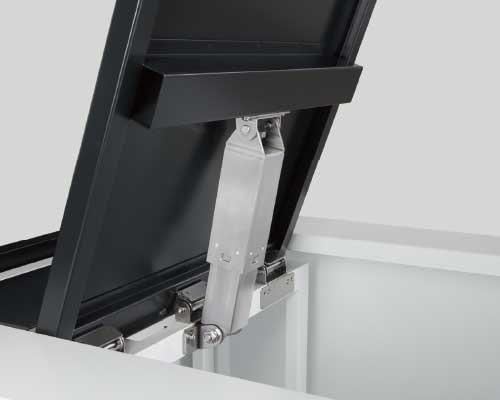

The S-ATH is a lift-assist stay designed for extremely heavy loads. The torque can be fine-tuned by turning the adjusting bolt.
*The "lift-assist function" is also included in some damper stays.
Benefits of Lift-Assist (Power-Assist) Hinges and Stays
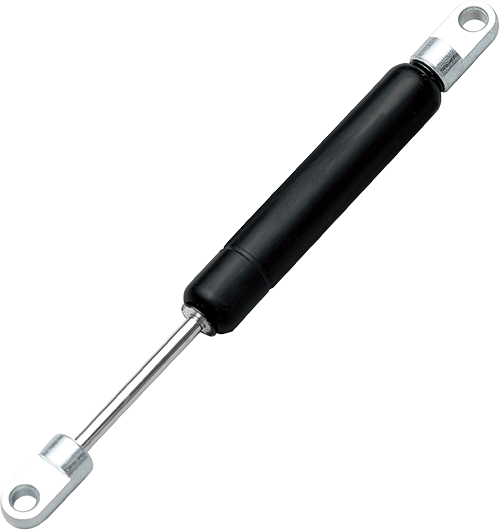

Lift-assist hinges and stays offer a more reliable and enduring solution for operating heavy doors and lids compared to gas springs, which are hindered by certain drawbacks.
While gas springs are commonly used to aid in opening heavy doors or lids, they rely on gas and oil pressure for expansion and contraction to operate. They are susceptible to a gradual loss of force due to gas leakage over time.
On the other hand, lift-assist hinges and stays operate on a fundamentally different and more advantageous mechanism. Utilising the reactive force generated by mechanical springs, these devices avoid the problems associated with gas leakage, thus providing a more dependable and longer-lasting performance.
How to Select a Lift-Assist (Power-Assist) Product
Lift-assist products exert a lifting force (torque) on the lid due to the spring's reactive force. It's crucial to ensure a proper balance between the "torque of the lift-assist product" and the "moment of the lid" during selection.
What is the lid moment?
The moment of a lid refers to the force required to rotate it along an axis.
The moment varies depending on the opening angles of the lid, as shown in the diagram on the right. When selecting a lift-assist hinge or stay, it's crucial to choose one that matches the "maximum moment" of the lid.

①When at a 60-degree angle, the rotation force on the lid is weak.
②When at an 15-degree angle, the rotation force on the lid is strong.
To easily open the lid, the "product torque" (which means the force to lift the lid) has to be stronger than the "lid moment" (which means the rotation force on the lid to the closed position).
The rotation force to the closed position (lid moment) < The force to lift the lid (product torque)
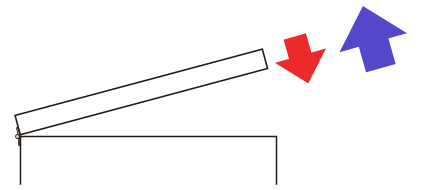
On the other hand, the "lid moment" has to be stronger than the "product torque" when the opening angle is close to 0°. If the lid moment exceeds product torque, the lid might not close properly.
The rotation force to the closed position (lid moment) > The force to lift the lid (product torque)

The formula for calculating the maximum moment of the top opening lid is as follows.
Max. Moment of Door/Lid (N·m)
=Weight of Door / lid (kg)
×9.80665
×Max. Horizontal Distance (m) from the Rotational
Center to the Center of Gravity
Max. moment of door/lid (N·m)
=Doors and lids
Weight (kg)
9.80665
×Horizontal distance (m) from the aborted axis of rotation to the position of the centre of gravity
①Rotational center (where the hinge is attached)
②Horizontal distance from rotational center to center of gravity
③Centre of gravity

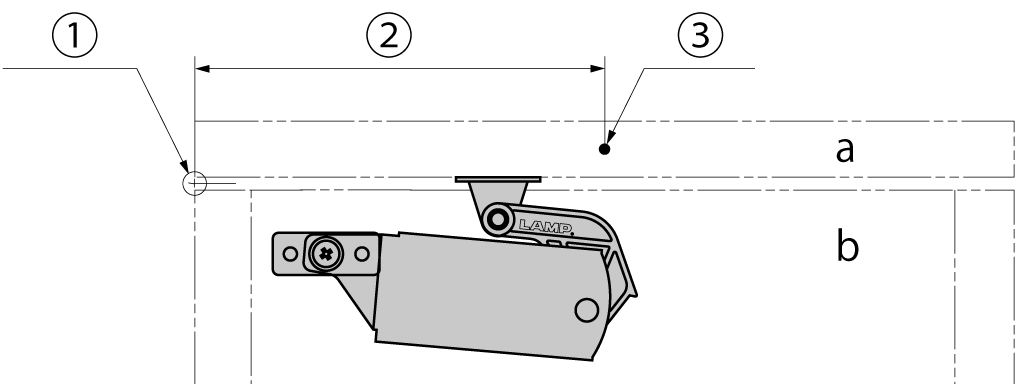
a: Lid
b: Cabinet
Easily calculate lid moment with our selection tool!
By entering the distance to the center of gravity, lid weight, operation point, and the appropriate lift-assist hinge and stay will be automatically suggested.
See more details about the center of gravity
Additionally, a graph can display the simulated force required to lift the lid (operating force), measured in newtons (N), at each opening angle. This capability to simulate forces before verifying with a physical prototype enables more optimal product selection.



